People of Na Meo commune harvest and process bamboo.
According to the report of the Department of Agriculture and Environment of Quan Son district, there are currently more than 54 thousand hectares of bamboo, reed and bamboo forests distributed in almost all communes and towns. Of which, the area of pure bamboo and reed forests is more than 27 thousand hectares and more than 13 thousand hectares of mixed bamboo and reed forests. Communes with large areas of these crops are: Son Dien, Muong Min, Tam Lu, Tam Thanh, Son Thuy, Na Meo... Annually, the output of exploitation and consumption reaches over 10 million bamboo trees and from 5 thousand to 7 thousand tons of bamboo and reed in the form of bars.
Because of its good quality, bamboo and rattan trees in Quan Son are chosen by many businesses inside and outside the province as raw materials to produce handicrafts, or toothpicks, incense sticks for sale abroad. Thanks to that, there was a time when bamboo and rattan trees provided food and shelter for thousands of households in this border district.
Mr. Luong Van Hoan in Na Meo village, Na Meo commune, said: Before 2020, each quintal of bamboo and rattan was harvested by his family and sold to traders for 250,000 to 280,000 VND. There were times when the selling price increased to 300,000 VND/quintal. At peak times, each worker could earn from 1 million to 1.5 million VND per day.
“Before the COVID-19 pandemic, when bamboo and rattan were harvested, traders competed to buy them. After selling, they got the money right away, and everyone in the village was excited to plant and take care of bamboo and rattan. However, now, the price is only from 130,000 to 160,000 VND/quintal. Not many people are interested in going into the forest to harvest bamboo and rattan anymore, because the selling price is not worth the effort,” Mr. Hoan shared.
The selling price is low, but there are not many traders coming to buy. Along both sides of National Highway 217 from Son Lu town to Na Meo International Border Gate, these days, bamboo and rattan are bundled and piled up, covered in green mold, waiting for people to come buy and transport.
While people are still struggling with the selling price, thousands of hectares of bamboo and rattan in the area have dried up (dyed), making the already difficult livelihood in this border district even more difficult. According to a report from the Department of Agriculture and Environment of Quan Son district, by mid-April 2025, over 9,300 hectares of bamboo, rattan, and giang forests have dried up in the area. In particular, communes with large areas of dried up forests include: Muong Min, Na Meo, Son Dien, Son Lu town... Although it is a normal phenomenon according to the growth and development cycle of trees (for bamboo trees, it takes about 30 years; bamboo and rattan trees from 40 to 45 years will flower and dry up), this situation not only causes a high risk of forest fires but also directly affects people's income in both the short and long term. Because of the growth cycle of the tree, from the time the seeds germinate, it will take 5-7 years to harvest. This means that people will have to find alternative sources of livelihood for the lost area in the coming years.
Meanwhile, the amount of bamboo and rattan products that were not sold before has now been collected by people, making the price drop even more miserable. Mr. Luong Van Huan, Chairman of the People's Committee of Na Meo Commune, said: There are more than 1,600 hectares of bamboo and rattan forests with broken leaves in the area, accounting for about 34% of the commune's bamboo and rattan forests. Due to low prices, people only take advantage of harvesting old trees to sell to traders, leaving young trees in the forest. However, the sale of bamboo and rattan is still very slow.
According to Mr. Huan, there are households with more than 50% of their area damaged, directly affecting their income in the near future. Finding an alternative source of income from the dead bamboo and rattan areas is still quite difficult. In fact, the people here are familiar with and have experience in cultivating this type of plant, if they want to switch to another economic model, it will take time.
The desire to stabilize the selling price of bamboo and rattan raw materials seems easy but is difficult. Although there are about 70 forest product processing establishments in the district, most of them are operating at a low level due to difficulties in output for processed products. Therefore, only a part of the harvested bamboo is processed in the district, while the majority is transported by traders to other provinces and cities such as Hanoi , Nam Dinh, Hoa Binh, Hai Phong and the southern provinces...
Meanwhile, it is estimated that income from bamboo and rattan accounts for more than 50% of the total income of people in this border district. And in order to promote advantages, improve and gradually increase income for farmers, Quan Son district has proactively implemented synchronous solutions through propaganda, guiding people to clear forests, cut down diseased and old trees, create loose soil, fertilize, and supplement nutrients for the soil for plants to grow and develop. At the same time, coordinate with specialized units to guide people to implement seed germination techniques to replace degraded and dead areas. However, the story of bamboo and rattan selling prices is still a difficult problem to solve.
Mr. Ha Van Toan, Head of the Department of Agriculture and Environment of Quan Son district, said: In addition to directing communes and towns to pay attention to protecting forest areas in general and bamboo and rattan forests in particular, to prevent forest fires, the district has focused on calling for and attracting businesses with potential and experience to invest in building forest product processing factories in the area, including deep processing of bamboo and rattan materials, building a production chain to guarantee product consumption, and increasing income for people...
Article and photos: Dong Thanh
Source: https://baothanhhoa.vn/tim-huong-di-ben-vung-cho-nguoi-nbsp-trong-nua-vau-o-huyen-quan-son-247935.htm


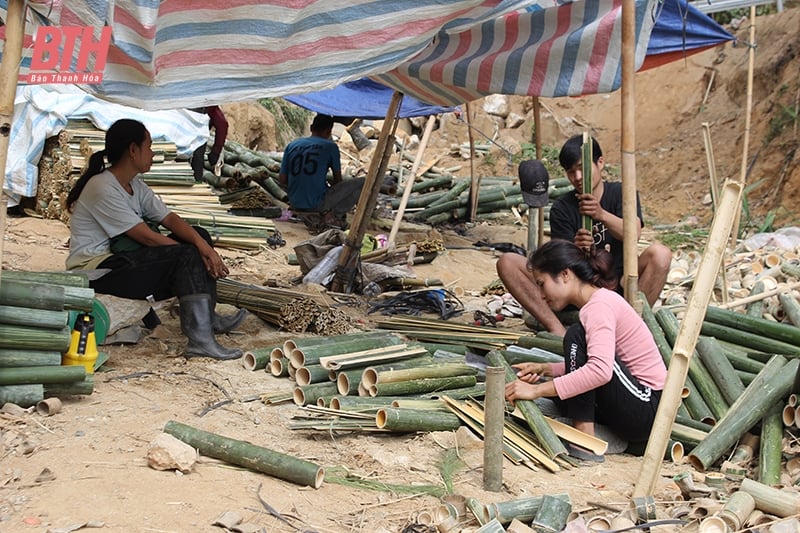
![[Photo] Party and State leaders attend the special art program "You are Ho Chi Minh"](https://vphoto.vietnam.vn/thumb/1200x675/vietnam/resource/IMAGE/2025/5/18/6895913f94fd4c51aa4564ab14c3f250)
![[Photo] Many young people patiently lined up under the hot sun to receive a special supplement from Nhan Dan Newspaper.](https://vphoto.vietnam.vn/thumb/1200x675/vietnam/resource/IMAGE/2025/5/18/6f19d322f9364f0ebb6fbfe9377842d3)
![[Photo] Ready for the top competitions of Vietnamese table tennis](https://vphoto.vietnam.vn/thumb/1200x675/vietnam/resource/IMAGE/2025/5/18/9c547c497c5a4ade8f98c8e7d44f5a41)


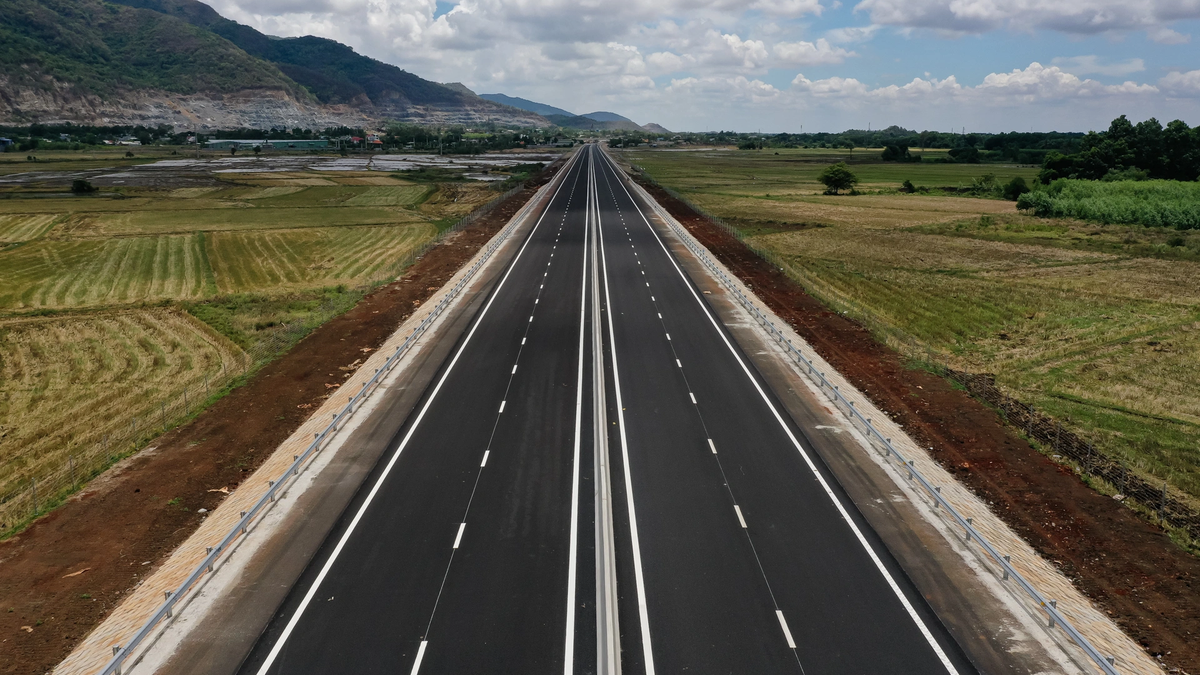


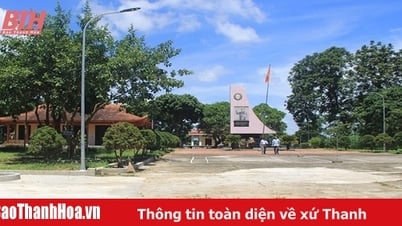
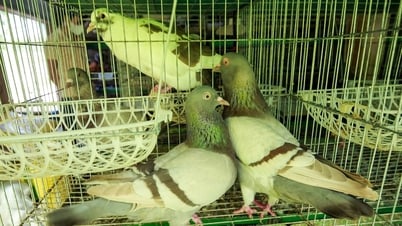

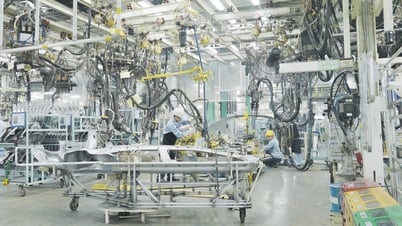








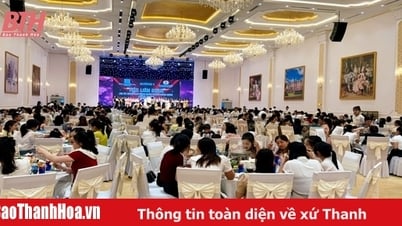
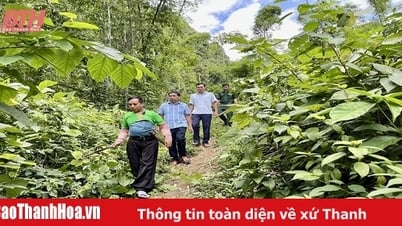
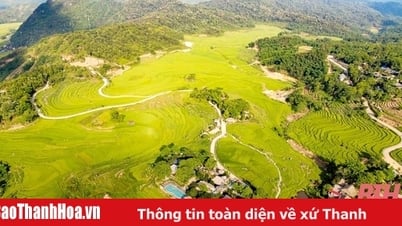

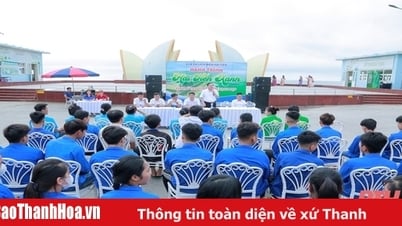
















































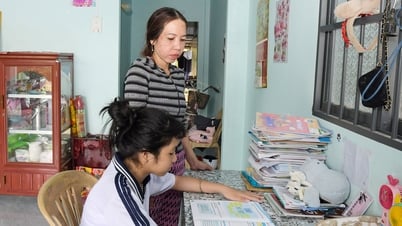



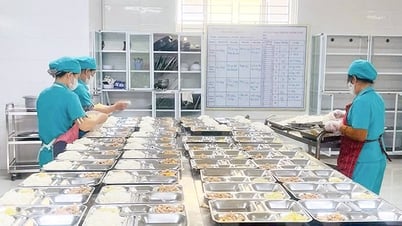

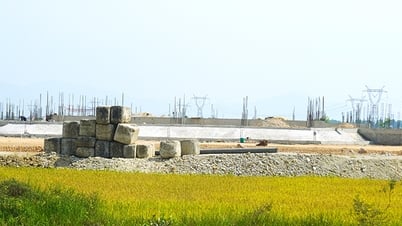










Comment (0)